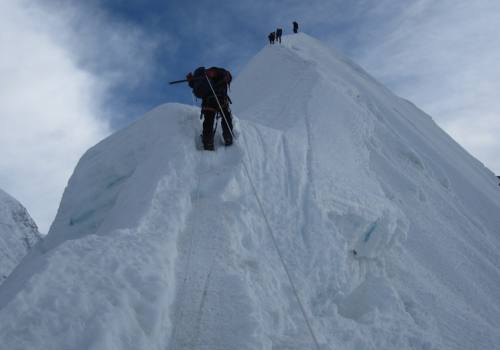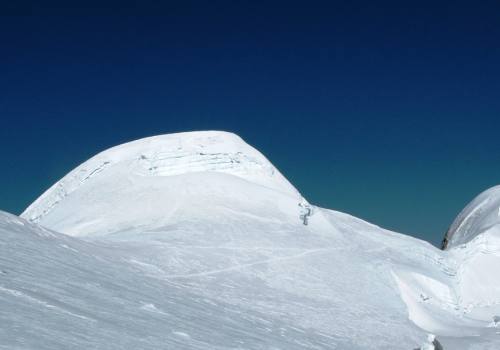Nepal Mountaineering
Mountaineering is an act of climbing and reaching the summit of mountains. It evolved as an outdoor sport particularly in the Alp region in the early part of nineteenth century. But it wasn't until the highest Himalayas were discovered and the activity shifted there that mountaineering gained popularity worldwide. As early as the beginning of the 20th century, mountaineers and explorers especially Europeans made their inroads to the Himalayas in Asia. Nepal being the home of Everest, the highest mountain in the world couldn't remain isolated from mountaineering activity.
It was on the 29th of May 1953 when Late Sir Edmund Hillary and Late Tenzing Norgay Sherpa made history by making successful ascent of Mt. Everest. This event in particular heralded a new age of mountaineering and ever since people from all over the world have been vying to step on the summit of world's highest mountains. Up until now over 2000 mountaineers have already climbed Mt. Everest successfully.
Nepal has 25 % of all the Himalayas and is home to eight of the world's top ten highest Himalayas including Everest (8,850m). There are over 3000 Himalayan peaks in Nepal of which only 330 peaks have been opened for climbing sports. In other words, Nepal is the ultimate playground for mountaineers. Every year some 300 mountaineers alone come to Nepal to climb Everest, not to mention other mountains.
This huge popularity of mountaineering has spawned a mountaineering industry in Nepal, employing hundreds of people as assistants, guides, high-altitude climber and government officials.
Mountaineering Seasonality
Mountaineering can be done in the Himalayas over two seasons: Spring (March-May) and Autumn (Sep-Nov) seasons. During this season, there are no blizzards, snowfall and fierce winds at the summit. This makes it possible for mountaineering team to reach to the top with comparatively less risk for their lives.
Package (s)
Island Peak 6189m
Island Peak also known as Imja Tse is one of the…
Mera Peak (6654m)
Standing proudly erect at an altitude of 6654m,…
Company Profile
Related Activities











